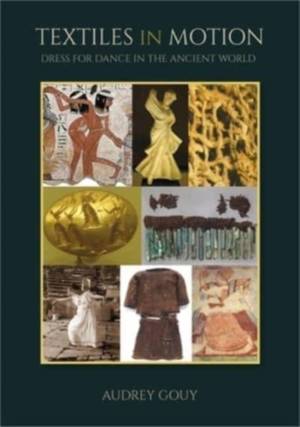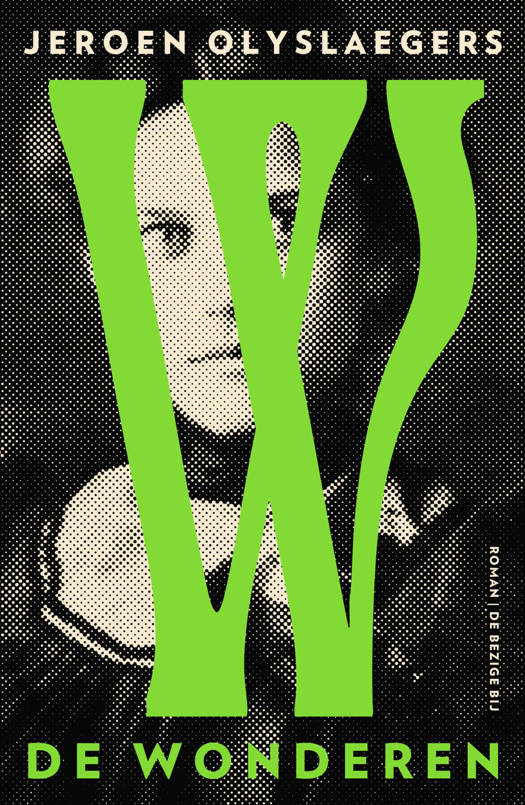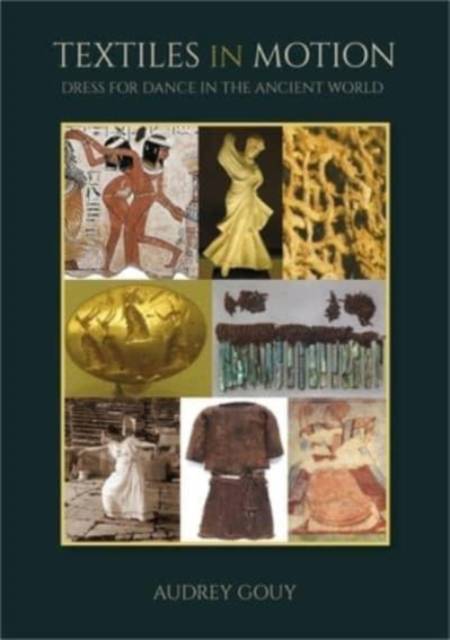
- Afhalen na 1 uur in een winkel met voorraad
- Gratis thuislevering in België vanaf € 30
- Ruim aanbod met 7 miljoen producten
- Afhalen na 1 uur in een winkel met voorraad
- Gratis thuislevering in België vanaf € 30
- Ruim aanbod met 7 miljoen producten
Zoeken
€ 66,95
+ 133 punten
Omschrijving
"...an enjoyable addition to existing writings on classical dance reception, where costume in performance has always played such a vital role." -Religious Studies Review
Dress is at the core of dance. It adorns dancers, defines various roles and forms symbolic expressions that, for example, either bind people together or opposes them. It is a communicative tool that gives crucial information for understanding the dance as well as the culture and the sociological effects of a group of people. As such, dress transcends how it is seen visually to address what is being communicated. Nonetheless, studies in ancient dance have rarely taken clothing into consideration.
This volume provides new perspectives and insights on ancient dances and their ancient textiles. Comprehension of ancient dance benefits from investigations undertaken through the lens of dress, and research on ancient dress is understood through its relation to body movement and performative rituals, thus reinforcing the progressive integration of an anthropological and sociological dimension into historical analysis of ancient textiles. For the first time, the two-way transfer of knowledge between dance studies and costume studies is connected via an innovative approach. Among the issues that are specifically addressed are the movement design of dress for dance, its sensory experience, gender and identity, re-enactment and reception.
The chronological range of the book is focused on the ancient world (3rd-millennium BC to 5th-century AD), with a broad geographical definition in order to promote a comparative, interdisciplinary approach and cross-cultural dialogue.
Dress is at the core of dance. It adorns dancers, defines various roles and forms symbolic expressions that, for example, either bind people together or opposes them. It is a communicative tool that gives crucial information for understanding the dance as well as the culture and the sociological effects of a group of people. As such, dress transcends how it is seen visually to address what is being communicated. Nonetheless, studies in ancient dance have rarely taken clothing into consideration.
This volume provides new perspectives and insights on ancient dances and their ancient textiles. Comprehension of ancient dance benefits from investigations undertaken through the lens of dress, and research on ancient dress is understood through its relation to body movement and performative rituals, thus reinforcing the progressive integration of an anthropological and sociological dimension into historical analysis of ancient textiles. For the first time, the two-way transfer of knowledge between dance studies and costume studies is connected via an innovative approach. Among the issues that are specifically addressed are the movement design of dress for dance, its sensory experience, gender and identity, re-enactment and reception.
The chronological range of the book is focused on the ancient world (3rd-millennium BC to 5th-century AD), with a broad geographical definition in order to promote a comparative, interdisciplinary approach and cross-cultural dialogue.
Specificaties
Betrokkenen
- Uitgeverij:
Inhoud
- Aantal bladzijden:
- 224
- Taal:
- Engels
- Reeks:
Eigenschappen
- Productcode (EAN):
- 9781789257984
- Verschijningsdatum:
- 4/05/2023
- Uitvoering:
- Hardcover
- Formaat:
- Genaaid
- Afmetingen:
- 220 mm x 282 mm
- Gewicht:
- 1097 g

Alleen bij Standaard Boekhandel
+ 133 punten op je klantenkaart van Standaard Boekhandel
Beoordelingen
We publiceren alleen reviews die voldoen aan de voorwaarden voor reviews. Bekijk onze voorwaarden voor reviews.







